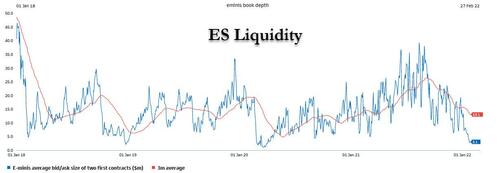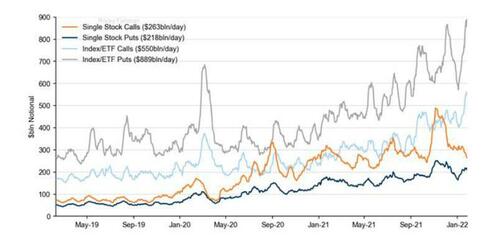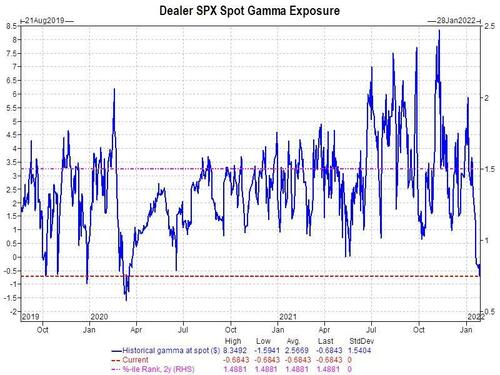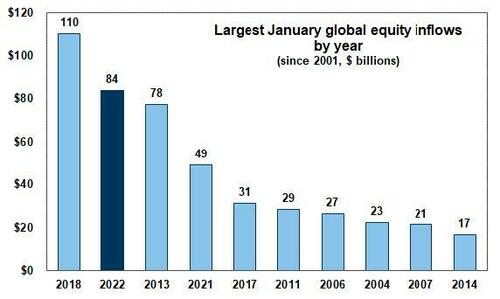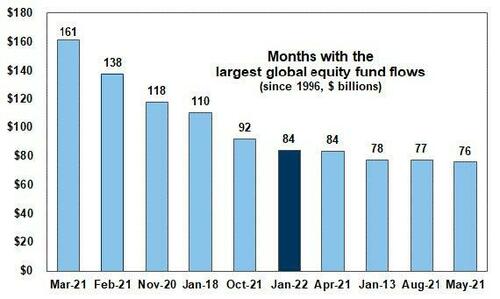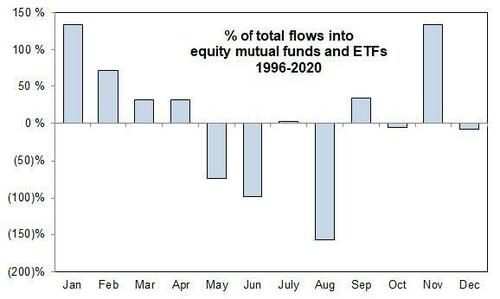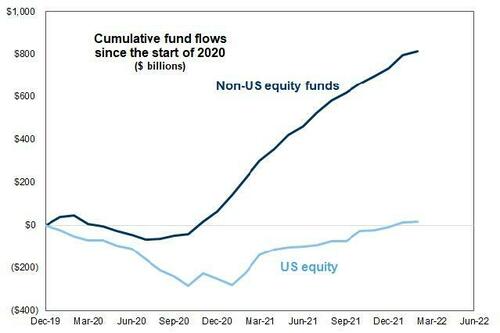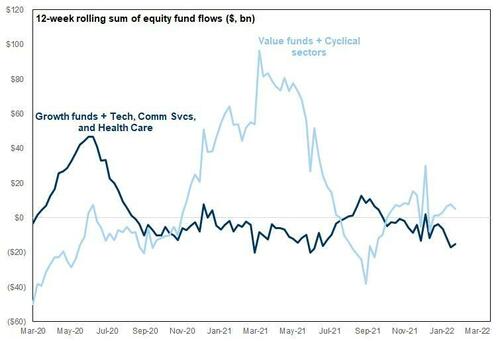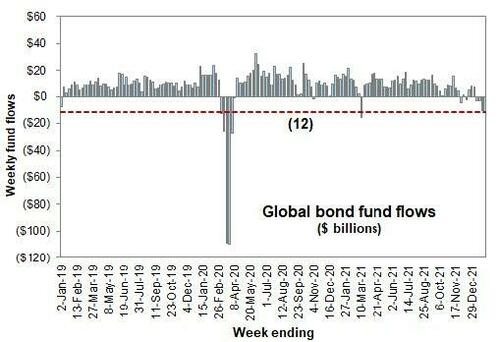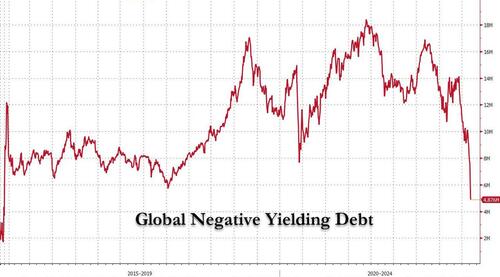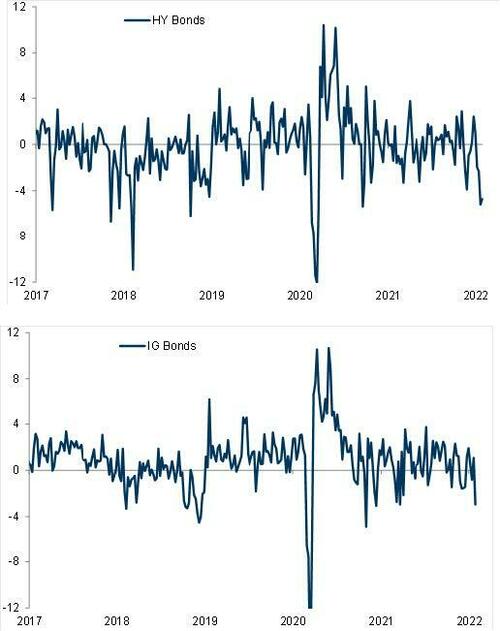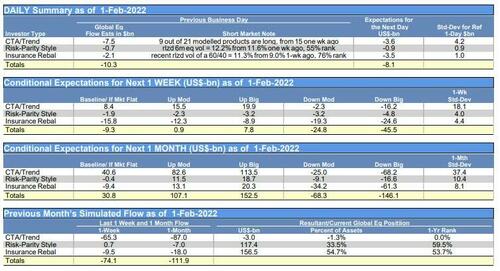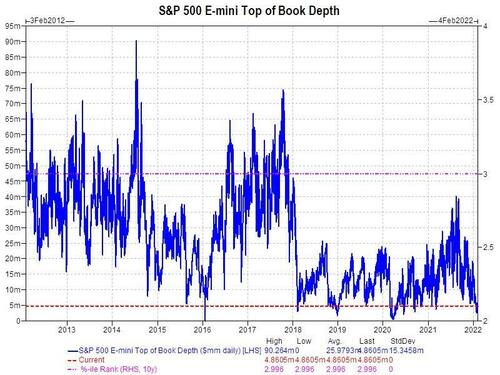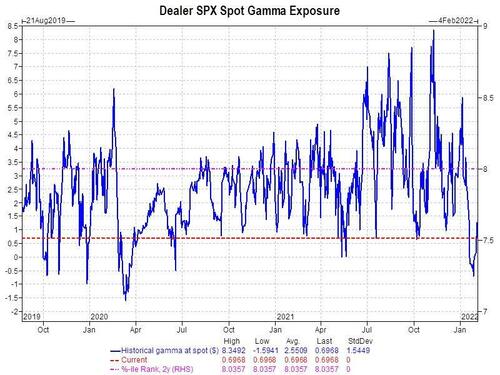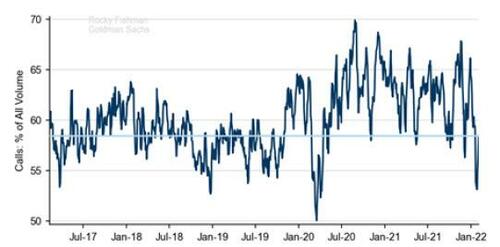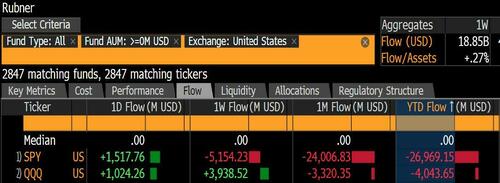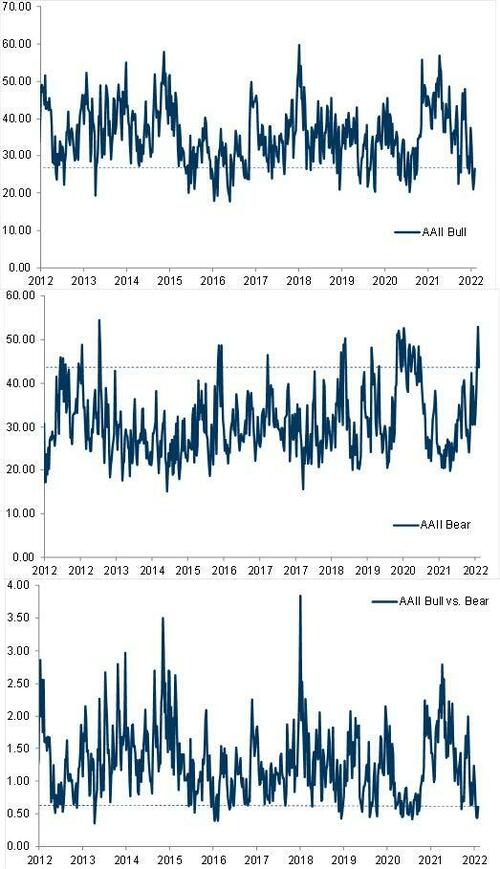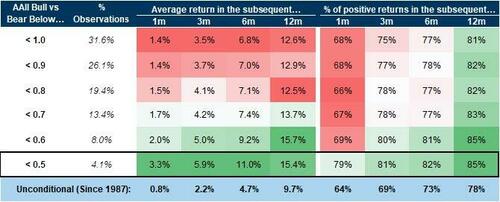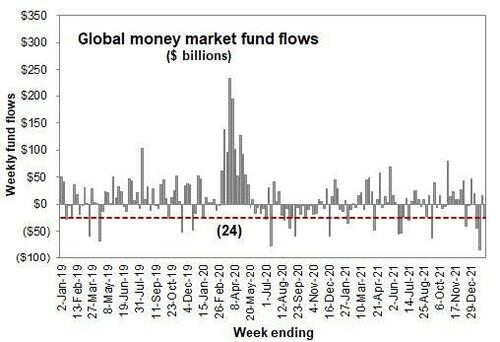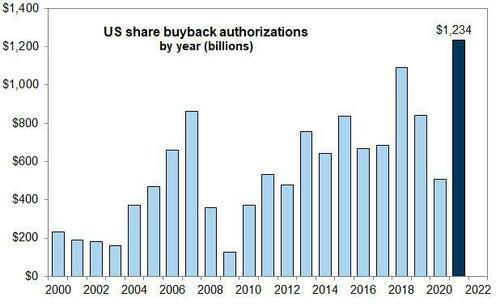Biotech stocks managed to close the week ending Feb. 4 with gains. Stocks recovered along with the broader markets early in the week, but came under pressure midweek amid negative reaction to some big pharma earnings. The sector came back up in the final session for a firm finish.
Merck & Co., Inc.
issued mixed 2022 guidance and Swiss pharma giant Roche Holding AG warned of slowing growth in 2022. Biogen, Inc. shares moved to the downside as they reacted to weak guidance and not-so-promising commentary about sales of the company's Alzheimer's drug Aduhelm.On the regulatory front, the Food and Drug Administration approved Viatris Inc.'s
generic version of AbbVie, Inc.'s dry eye disease drug Restasis. Sanofi received the nod for its medication Enjaymo, targeting a rare blood disorder known as cold agglutinin disease.shares shed over 50% during the week after the FDA imposed a clinical hold on a Phase 1/2 study of its AAV-delivered genomic editing therapy LB-001 to treat a rate metabolic disorder in children.
Here are the key catalysts for the unfolding week:
Healthcare Conferences
18th Annual World Symposium 2022: Feb. 7-11 (hybrid format, in San Diego, California and virtually)
Guggenheim Healthcare Talks: Oncology Conference (virtual): Feb. 9-11
11th Annual Glaucoma 360 New Horizons Forum: Feb. 11(hybrid format, in San Francisco, California and virtually)
Angiogenesis, Exudation, and Degeneration 2022 – Virtual Edition: Feb. 11-12
Adcom Meeting
The FDA's Oncologic Drugs Advisory Committee is scheduled to meet on Thursday, Feb. 10 to discuss the biologic license application for sintilimab injections, submitted by Lilly's partner Innovent.
The proposed indication for this product is in combination with pemetrexed and platinum-based chemotherapy for the first-line treatment of patients with Stage IIIB, IIIC, or Stage IV non-squamous non-small cell lung cancer with no epidermal growth factor receptor or anaplastic lymphoma kinase genomic tumor aberrations.
Clinical Readouts/Presentations
WORLDSymposium Presentations
REGENXBIO Inc.
: interim results from the Phase 1/2 clinical trials of RGX-121 for the treatment of mucopolysaccharidosis type II, also known as Hunter Syndrome, and RGX-111 for the treatment of mucopolysaccharidosis type I, also known as Hurler Syndrome (Wednesday)AVROBIO, Inc.
: updated clinical data from the collaborator-sponsored Phase 1/2 clinical trial of AVR-RD-04 in cystinosis (Wednesday)4D Molecular Therapeutics, Inc.
: updated interim clinical data from the ongoing 4D-310 Phase 1/2 trial in patients with Fabry disease (Wednesday)Sio Gene Therapies Inc.
: update on the Phase 1/2 trial of AXO-AAV-GM1, its AAV 9-based gene therapy for the treatment of Type I, i.e. early infantile onset, and Type II, i.e. late infantile and juvenile onset GM1 gangliosidosis (Wednesday)Denali Therapeutics Inc.
: Interim 49-week results of a phase 1/2 study of intravenous DNL310 (brain-penetrant enzyme replacement therapy) in MPS II (Thursday)Freeline Therapeutics Holdings plc
: Phase 1/2 safety and efficacy data for FLT190 for the treatment of patients with Fabry disease (Friday)Passage Bio, Inc.
: Safety, biomarker and preliminary efficacy results following ICM administration of PBGM01 in children with late onset infantile GM1-gangliosidosis (Friday)Angiogenesis, Exudation, and Degeneration Meeting Presentations
Graybug Vision, Inc.
: full-data analysis and highlight patient cases from the 18-month Phase 2b ALTISSIMO trial of GB-102 for the treatment of wet age-related macular degeneration (Friday)REGENXBIO & Clearside Biomedical, Inc.
: updated interim data from the ongoing Phase 2 ALTITUDE trial of RGX-314 for the treatment of diabetic retinopathy and update on the AAVIATE Phase 2 study of suprachoroidal RGX-314 in neovascular AMD (Saturday)Earnings
The earnings list presented is not comprehensive. Click here to access Benzinga's earnings calendar for the complete schedule
Monday
Amgen, Inc.
(after the market close)Tuesday
Haemonetics Corporation
(before the market open)Incyte Corporation (before the market open)
Pfizer Inc. (before the market open) (after the market close)
QIAGEN N.V. (after the market close)
Inspire Medical Systems, Inc. (after the market close)
Deciphera Pharmaceuticals, Inc. (after the market close)
Wednesday
Teva Pharmaceutical Industries Limited
(before the market open)Seagen Inc. (after the market close)
Thursday
AstraZeneca PLC
(before the market open)Alnylam Pharmaceuticals, Inc. (before the market open)
Laboratory Corporation of America Holdings (before the market open)
23andMe Holding Co. (after the market close)
Bio-Rad Laboratories, Inc. (after the market close)
DexCom, Inc. (after the market close)
Illumina, Inc. (after the market close)
Ultragenyx Pharmaceutical Inc. (after the market close)
Friday
Neurocrine Biosciences, Inc.
(before the market close)IPOs
IPO Pricing
Gaithersburg, Maryland-based Arcellx, Inc.
has filed a preliminary prospectus with the SEC to offer 8.25 million shares in an initial public offering. The biopharma, which is focusing on developing immunotherapies for patients with cancer and other incurable diseases, expects to price the offering between $15 and $17. The shares are expected to trade on the Nasdaq under the ticker symbol ACLX.Providence, Rhode Island-based Ocean Biomedical, Inc.
has filed to offer 2 million shares in an IPO. The company expects to price the offering in the range of $10-$12. The biopharma focuses on licensing tech and innovations and developing them into products. It has applied to list its shares on the Nasdaq under the ticker symbol OCEA. The company had previously filed for a public listing in July 2021 and had not proceeded with the plans.IPO Quiet Period Expiry
Hillstream BioPharma, Inc.
